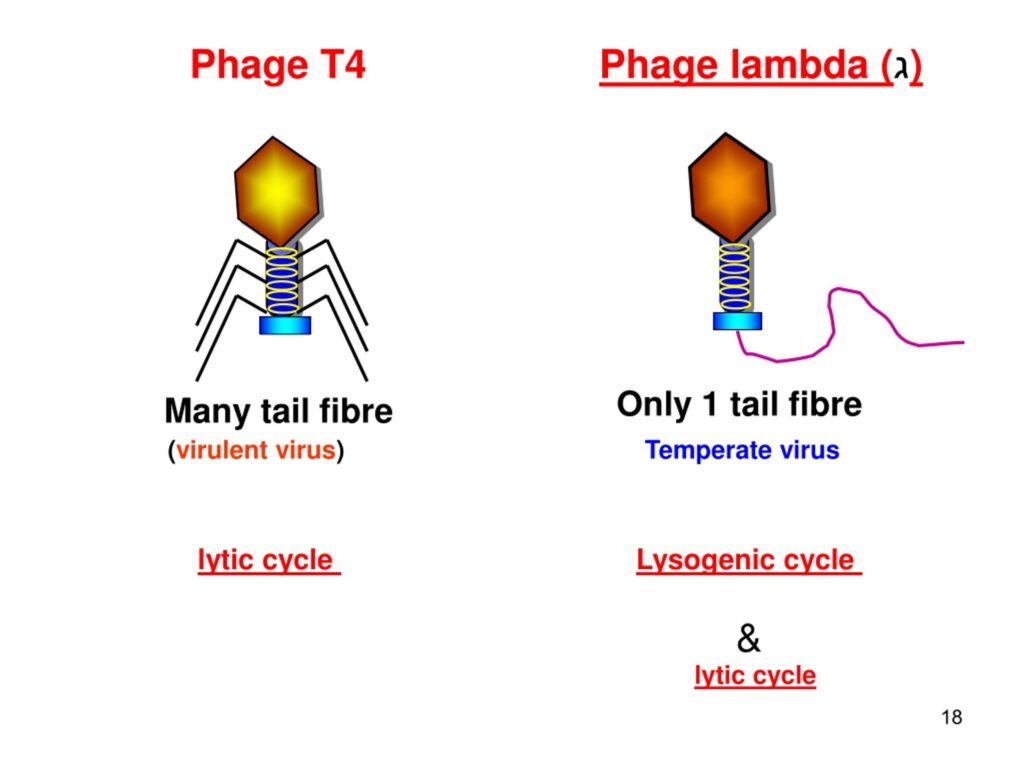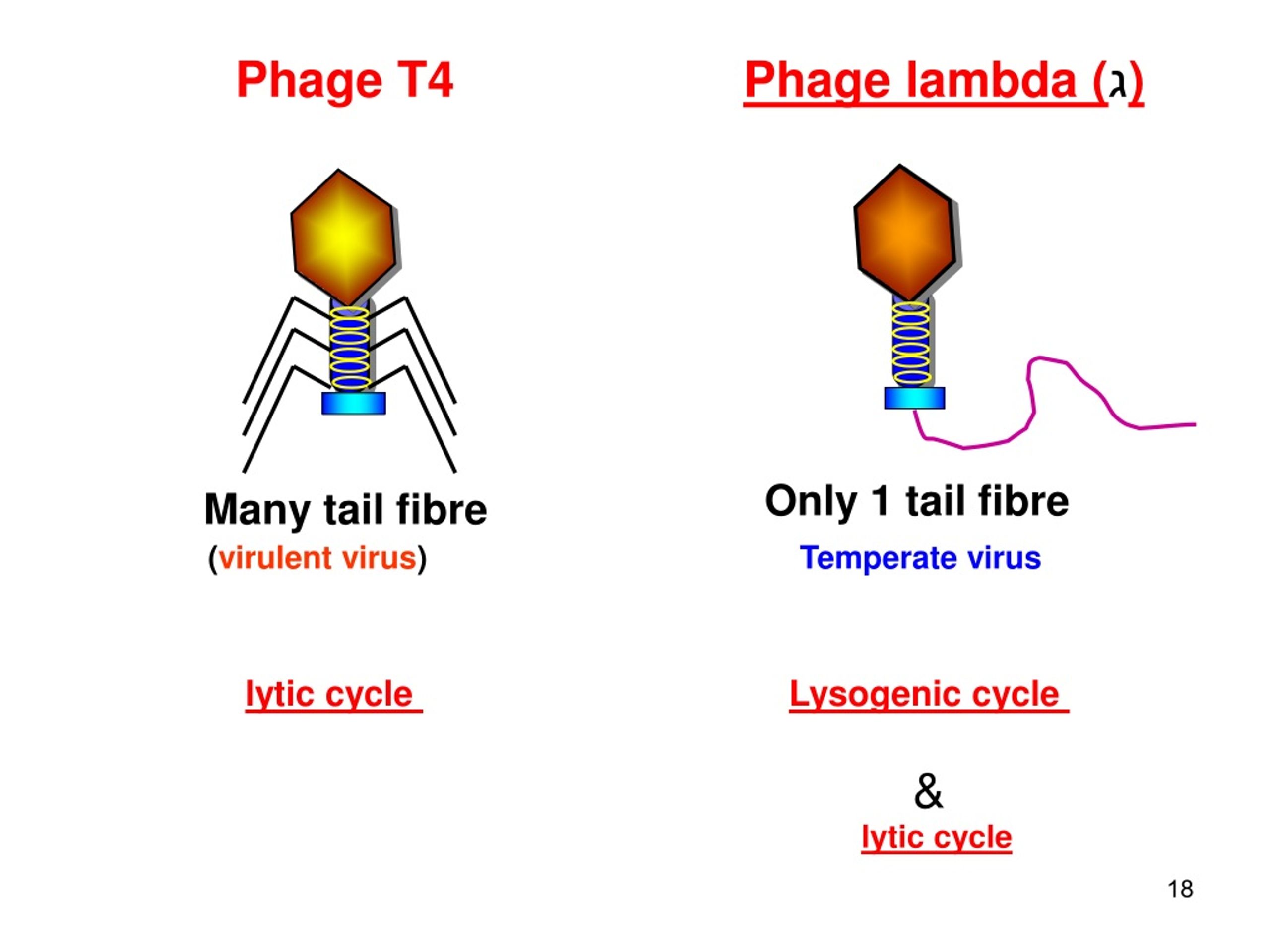
T4 Phage: Unveiling the Intricacies of a Bacterial Virus
The T4 phage, a virus that infects bacteria, specifically Escherichia coli, stands as a cornerstone in the world of molecular biology. Its complex structure and efficient replication mechanism have made it a subject of intense study for decades. Understanding the T4 phage is crucial for grasping fundamental concepts in virology, genetics, and even biotechnology. This article delves into the structure, life cycle, and significance of the T4 phage, exploring its impact on scientific research and potential applications.
Structure of the T4 Phage
The T4 phage is a marvel of biological engineering. Its architecture is more intricate than many other viruses. It belongs to the family Myoviridae, known for their contractile tail structures. The main components of the T4 phage include:
- Head (Capsid): The head, or capsid, is an icosahedral structure that houses the phage’s double-stranded DNA genome. This genome is relatively large, containing around 169,000 base pairs and encoding approximately 300 genes.
- Tail: Attached to the head is the tail, a cylindrical structure composed of a sheath surrounding an inner tube. This tail plays a critical role in the infection process.
- Tail Fibers: Extending from the tail are long, flexible tail fibers. These fibers are responsible for recognizing and attaching to specific receptors on the surface of the host bacterium, E. coli.
- Baseplate: At the end of the tail is the baseplate, a hexagonal structure with tail spikes. The baseplate is involved in the penetration of the bacterial cell wall.
The precise arrangement of these components ensures the efficient delivery of the phage’s genetic material into the host cell. The T4 phage is a testament to the power of natural selection in optimizing viral function.
The Life Cycle of the T4 Phage
The life cycle of the T4 phage is a lytic cycle, meaning it culminates in the destruction (lysis) of the host cell. This process can be divided into several distinct stages:
Attachment and Adsorption
The first step in the T4 phage life cycle is attachment. The phage uses its tail fibers to bind to specific receptor molecules on the surface of the E. coli cell. This interaction is highly specific, ensuring that the phage only infects its intended host. The binding is reversible initially, but it soon becomes irreversible as more tail fibers engage with the bacterial surface.
Penetration
Once attached, the T4 phage needs to get its DNA inside the bacterial cell. This is achieved through a process called penetration. The baseplate of the phage attaches tightly to the bacterial surface, and the tail sheath contracts. This contraction forces the inner tube of the tail through the bacterial cell wall and membrane, creating a channel through which the phage DNA can be injected.
DNA Replication and Protein Synthesis
After the phage DNA enters the host cell, it immediately begins to take over the cellular machinery. The phage DNA encodes proteins that shut down the host’s DNA replication, transcription, and translation processes. The phage then uses the host’s ribosomes, enzymes, and building blocks to replicate its own DNA and synthesize its own proteins. This stage is characterized by a rapid increase in the number of phage DNA molecules and phage proteins within the cell. The T4 phage efficiently commandeers the host cell’s resources.
Assembly
Once sufficient quantities of phage DNA and proteins have been synthesized, the assembly process begins. The phage proteins self-assemble into new phage particles. Capsids are formed around the replicated DNA, and tails, tail fibers, and baseplates are attached. This process is highly coordinated, ensuring that each new phage particle is complete and functional.
Lysis and Release
The final stage of the T4 phage life cycle is lysis. The phage produces an enzyme called lysozyme, which breaks down the bacterial cell wall. This causes the cell to burst open (lyse), releasing hundreds of new phage particles into the environment. These new phages can then infect other E. coli cells, continuing the cycle. The release of progeny phages marks the end of the lytic cycle.
Significance in Scientific Research
The T4 phage has been instrumental in advancing our understanding of molecular biology. Its relatively simple genetic makeup and ease of manipulation have made it a valuable model system for studying various biological processes. Some key contributions include:
- DNA Replication: Studies of the T4 phage have provided insights into the mechanisms of DNA replication, including the roles of various enzymes and proteins involved in this process.
- Gene Regulation: The T4 phage has been used to study gene regulation, including the control of gene expression during the different stages of the infection cycle.
- Genetic Recombination: The T4 phage exhibits a high rate of genetic recombination, making it a useful tool for studying the mechanisms of recombination and the mapping of genes.
- Enzyme Discovery: Many important enzymes, such as DNA ligase, were first discovered and characterized in the T4 phage.
The knowledge gained from studying the T4 phage has had a profound impact on our understanding of fundamental biological processes and has paved the way for advancements in other areas of biology and medicine. [See also: Phage Therapy: A Promising Alternative to Antibiotics]
Potential Applications of T4 Phage
Beyond its role in scientific research, the T4 phage also holds potential for various applications, particularly in the field of biotechnology. Some potential applications include:
- Phage Therapy: Phage therapy involves the use of phages to treat bacterial infections. The T4 phage, or modified versions of it, could be used to target and kill specific bacteria, offering an alternative to antibiotics. This is particularly relevant in the face of increasing antibiotic resistance.
- Biosensors: Phages can be engineered to detect specific bacteria or other molecules. The T4 phage, with its high specificity for E. coli, could be used in biosensors to detect the presence of this bacterium in food, water, or other samples.
- Gene Delivery: Phages can be used as vectors to deliver genes into cells. The T4 phage, with its large genome capacity, could be used to deliver large genes or multiple genes into bacterial cells for various purposes, such as metabolic engineering or the production of valuable proteins.
- Nanomaterials: The structural components of phages, such as the capsid, can be used as building blocks for nanomaterials. The T4 phage capsid could be used to create nanoparticles with specific properties for applications in drug delivery, imaging, or other areas.
While the development of these applications is still in its early stages, the potential of the T4 phage in biotechnology is significant. [See also: CRISPR-Cas9: Revolutionizing Gene Editing]
Challenges and Future Directions
Despite its potential, the use of the T4 phage in biotechnology faces several challenges. One challenge is the potential for bacteria to develop resistance to phages. Another challenge is the need to develop efficient methods for producing and purifying phages on a large scale. Furthermore, regulatory hurdles need to be addressed before phage-based products can be widely used. The T4 phage remains a fascinating subject of study.
Future research on the T4 phage will likely focus on addressing these challenges and further exploring its potential applications. This includes developing strategies to overcome phage resistance, improving phage production methods, and conducting clinical trials to evaluate the safety and efficacy of phage therapy. The continued study of the T4 phage promises to yield new insights into the world of viruses and to contribute to the development of innovative biotechnologies.
Conclusion
The T4 phage is a remarkable virus that has played a significant role in advancing our understanding of molecular biology. Its complex structure, efficient life cycle, and versatility have made it a valuable model system for scientific research and a promising tool for biotechnology. While challenges remain, the potential applications of the T4 phage in areas such as phage therapy, biosensors, gene delivery, and nanomaterials are significant. Continued research on this fascinating virus promises to yield new insights and innovations in the years to come. The T4 phage continues to inspire scientists and engineers alike.

